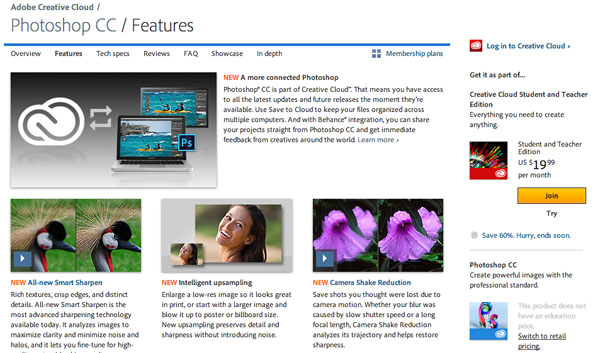Many brands and B2B vendors that have ventured into direct-to-consumer online selling use “bolt-on” shops to enable ecommerce, via separate domains or sub-domains, which may have their own look and feel, content, search, site features and even registration. While bolt-on stores can get an e-store up and running quickly without some of the complexities of integrating commerce with dot-com site content, they can also suffer from a number of potential problems.
Customer experience
The stronger the brand, the more likely the visitor arrives via a direct domain type-in. Visitors to the brand site may be unaware a separate store exists (when a store link is hidden in a navigation menu, or the brand site has dead-end product pages with no links to corresponding shop product pages). In some cases, even when brand product pages link to a store, header navigation may remain consistent across domains and foil the visitor to return to the brand site when exploring other products and services.
In other cases, visitors may be directed to a site with much different look-and-feel, with different content (often less).
SEO
Many Web users rely on search engines to perform navigational search, for example typing in a dot-com domain directly into Google, or just the brand or product name. Store pages compete with dot-com pages in search engines, the latter enjoying more incoming links, longer time online, stronger domain authority, etc.
Duplicate content is another SEO issue with split domains. Unless page copy is rewritten, pages may be filtered out of search results.
Marketing
With bolt-on shops, brand and ecommerce teams typically operate in silos, with their own marketing activities, content management, design and development. Aside from different content, it’s difficult to run good personalization tools when a user pogo-sticks between domains, especially when recommendations are driven by clickstream behavior. It’s also more difficult to analyze user paths and funnels in analytics, especially when the ecommerce experience is outsourced.
Mobile
Usability problems like store links buried in menus and store pages opening in new tabs are exacerbated on mobile. If your aim is to offer a responsive brand experience, each domain must be built out separately.
Moving toward a unified experience
A recent example of a brand that has unscrewed its bolt on store and integrated commerce with its dot-com is Adobe. The ability to purchase and subscribe to Creative Cloud is embedded in the entire site, driven by the Web Content Management system, with the ecommerce capability working behind the scenes, exposing the necessary services to support transactions.
Product pages can support richer content like video and have the potential to pull social content like Facebook reviews, Tweets, forum discussions, and other forms of content that may not be possible through the ecommerce platform.
When a Web Content Management system leverages pieces of an ecommerce platform, such as system of record, catalog, promotions, payments, inventory, etc. delivered through APIs, marketers and merchandisers have more flexibility designing experiences, and can take greater control over content updates without requiring IT.
Though more complex, a move toward a unified experience is gaining popularity and offers rewards in user experience, SEO, mobile usability and marketing control. To learn more about Web Content Management and ecommerce, check out our on-demand webinar with Forrester Research’s Peter Sheldon Building Tomorrow’s Digital Experience.
Image credit: CC by James Bowe





